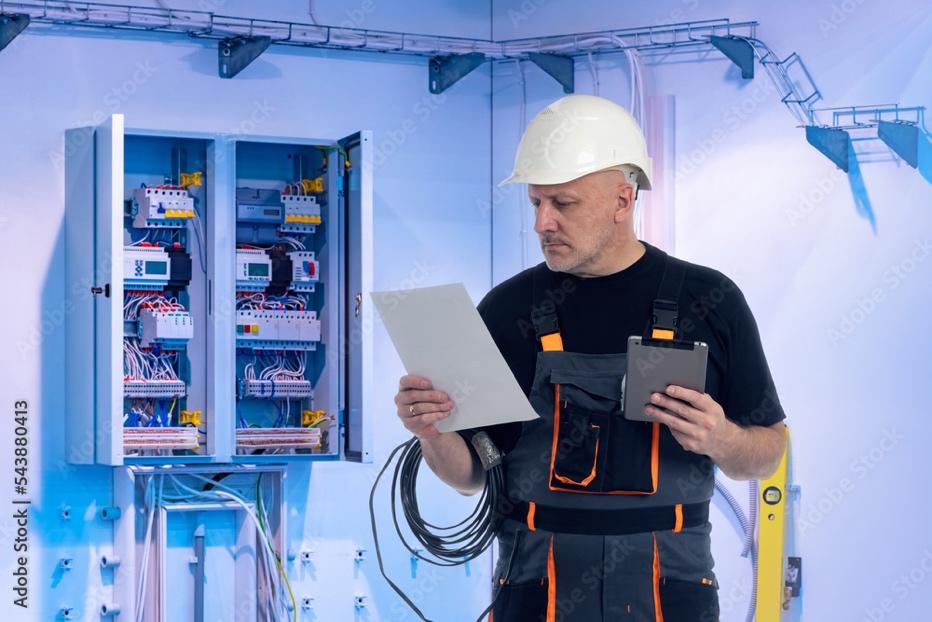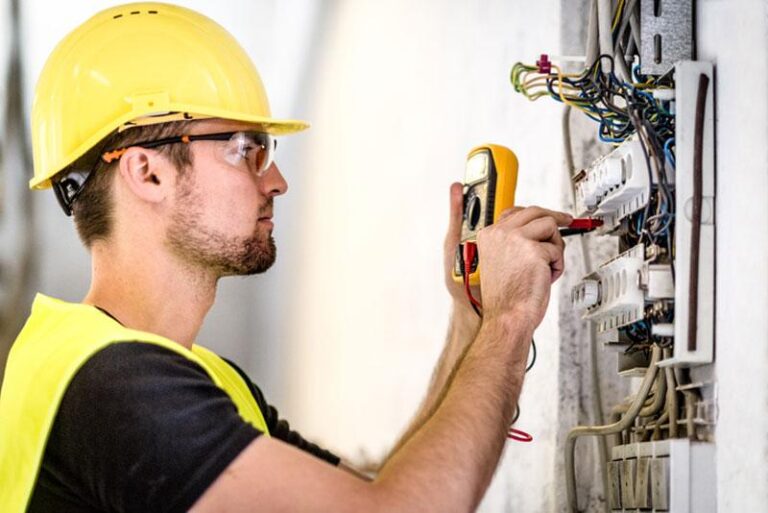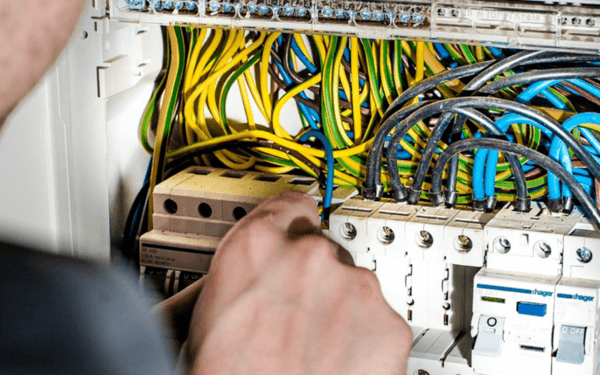Electrical safety is a critical priority in both residential and commercial environments across Australia. To ensure that electrical installations and work meet the highest safety standards, Australia has strict regulations and codes in place. Compliance with these standards not only protects individuals from potential hazards but also helps ensure that all electrical work is reliable and functional in the long term.
The Importance of Australian Electrical Standards
Australian electrical standards are set by organisations like Standards Australia, and they form the basis for ensuring safe practices within the electrical industry. One of the key standards is the AS/NZS 3000, also known as the “Australian/New Zealand Wiring Rules.” This set of rules provides guidelines on how electrical wiring should be installed and maintained, covering areas such as installation methods, safety measures, and proper procedures for inspecting and testing installations. These standards are legally enforceable and must be followed by licensed electricians across the country.
Compliance with these standards ensures that electrical systems operate efficiently while minimising risks of electrical fires, shocks, or failures. Moreover, adherence to these standards can reduce long-term maintenance costs and improve the overall reliability of electrical systems.
Responsibilities of Licensed Electricians
Licensed electricians in Australia are required to follow the regulations and standards when carrying out any electrical work. They must ensure all wiring, connections, and installations meet the AS/NZS 3000 standards and any additional local regulations. It is also mandatory to complete and provide a Certificate of Compliance once the job is finished. This certificate confirms that the work has been carried out to the required standard and meets all the legal safety requirements.
For those looking to hire an electrician, it’s crucial to ensure that the professional is fully licensed and familiar with the latest Australian standards. A licensed electrician will have the knowledge and expertise to assess your specific needs and deliver safe, compliant work every time.
The Role of Inspections and Testing
Regular inspections and testing are key components of compliance with Australian electrical standards. Inspections are often required by law, particularly for new installations or renovations. They help identify any potential issues, ensuring that the installation is safe and compliant before it becomes operational. Testing typically involves checking wiring, grounding, circuit protection, and other vital components to verify that they are functioning correctly and pose no risk to safety.
Beyond initial installations, ongoing maintenance and periodic testing are essential to ensure continued compliance with electrical standards. Electrical systems, especially in commercial or industrial environments, may degrade over time or be subject to wear and tear. Regular inspections help prevent costly breakdowns and, more importantly, reduce the risk of electrical accidents.
Why Compliance Matters for You
Ensuring that your property complies with Australian electrical standards is not just about following regulations – it’s about safeguarding lives and property. Non-compliant electrical work can have severe consequences, from personal injury to property damage. In some cases, it may even result in legal liability for the property owner or business operator.
In addition, insurers may refuse claims related to non-compliant electrical installations, leaving you financially responsible in case of accidents or damage. By hiring a licensed electrician who adheres to all relevant Australian standards, you can be confident that your electrical systems are safe, efficient, and fully compliant.

















